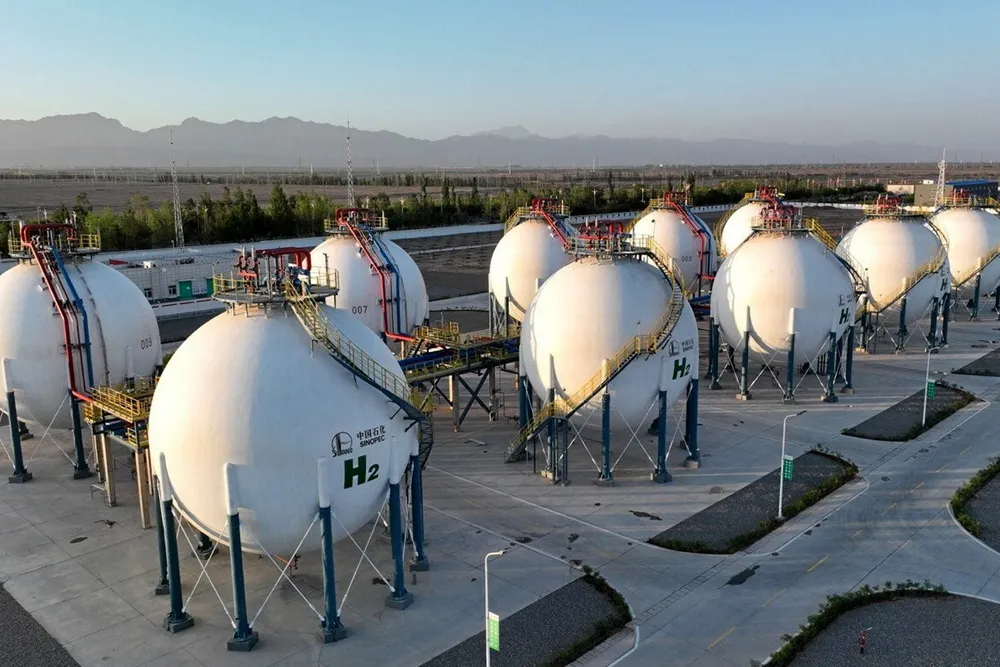Blue hydrogen cheaper than green H2 in all markets except China amid falling gas prices: BNEF
Green is not due to undercut blue in all markets until 2033 if using Western-made electrolysers — but could compete on cost years earlier if using Chinese tech
